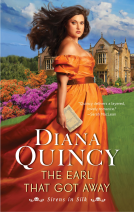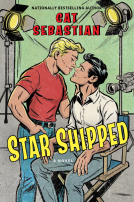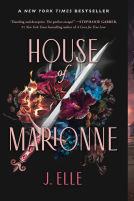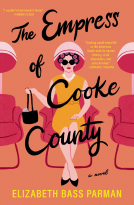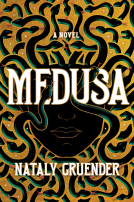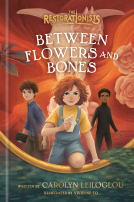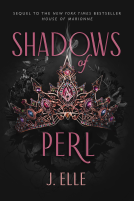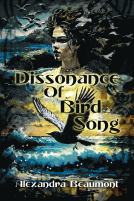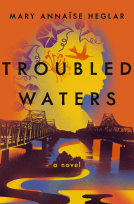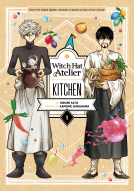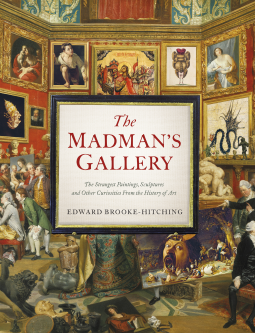
The Madman's Gallery
The Strangest Paintings, Sculptures and Other Curiosities from the History of Art
by Edward Brooke-Hitching
This title was previously available on NetGalley and is now archived.
Send NetGalley books directly to your Kindle or Kindle app
1
To read on a Kindle or Kindle app, please add kindle@netgalley.com as an approved email address to receive files in your Amazon account. Click here for step-by-step instructions.
2
Also find your Kindle email address within your Amazon account, and enter it here.
Pub Date Mar 07 2023 | Archive Date Mar 06 2023
Talking about this book? Use #MadmansGallery #NetGalley. More hashtag tips!
Description
Brought to light from the depths of libraries, museums, dealers, and galleries around the world, these forgotten artistic treasures include portraits of oddballs such as the British explorer with a penchant for riding crocodiles, and the Italian monk who levitated so often he’s recognized as the patron saint of airplane passengers. Discover impossible medieval land yachts, floating churches, and eagle-powered airships. Encounter dog-headed holy men, armies of German giants, 18th-century stuntmen, human chessboards, screaming ghost heads, and more marvels of the human imagination. A captivating odditorium of obscure and engaging characters and works, each expertly brought to life by historian and curator of the strange Edward Brooke-Hitching, here is a richly illustrated and entertaining gallery for lovers of outré art and history.
A GLOBAL SURVEY: Here are European painters who used ground up Egyptian mummies as pigment, examples of the antique Japanese art of Gyotaku (fish stone rubbings) using dried fish as printing plates, a Parisian art hoax featuring paintings actually created by a chimpanzee, and much more.
ODDITIES ABOUND: Depictions of the demon worms believed to cause toothaches carved into human molars: Check. A nude version of the Mona Lisa painted by the “bad boy” apprentice of Leonardo da Vinci: Here it is. The most admiring portrait of a cannibal likely ever produced: Presented in full color.
EXPERT AUTHOR: Edward Brooke-Hitching is a master of taking visually driven deep dives into unusual historical subjects, such as the maps of imaginary geography in The Phantom Atlas or ancient pathways through the stars in The Sky Atlas, imaginative depictions of heavens, hells, and afterworlds in The Devil’s Atlas, and the strangest books imaginable in The Madman’s Library.
Perfect for:
- Fans of beautifully illustrated works, art history, and unusual world atlas collections
- Readers of quirky history such as Schott’s Miscellany, Atlas Obscura, and the wildly popular QI series (for which the author is a writer and researcher)
- Gift for a graduate, teacher, or student of world history, art history, library science, archeology, sociology, or any discipline engaged in the exploration of curiosities and human nature
Available Editions
| EDITION | Other Format |
| ISBN | 9781797221762 |
| PRICE | $35.00 (USD) |
| PAGES | 256 |
Average rating from 33 members
Readers who liked this book also liked:
Noam Chomsky; José Mujica; Saúl Alvídrez
Essays & Collections, Multicultural Interest, Politics & Current Affairs
Mary Annaïse Heglar
General Fiction (Adult), Multicultural Interest, Women's Fiction
Kamome Shirahama, Hiromi Sato
Comics, Graphic Novels, Manga, Cooking, Food & Wine

